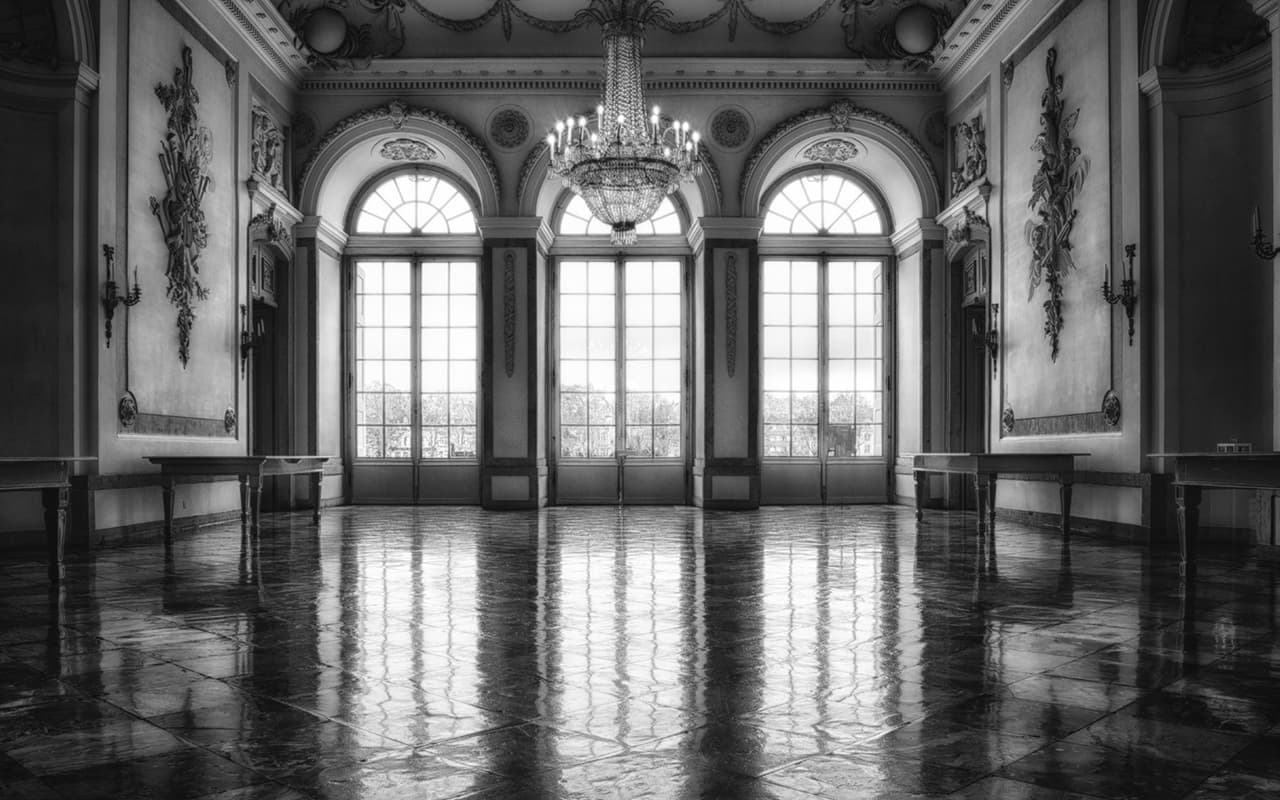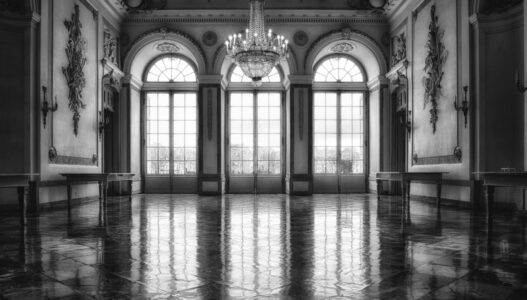The J. Paul Getty Museum is a museum and research center founded by oil magnate J. Paul Getty as a home for his art collections. It consists of two locations in Los Angeles: the Getty Villa and the Getty Center. The former houses a collection of antiquities, while the latter houses European art and international photography.
The original museum was opened in 1954 and occupied a wing added to the Getty Ranch in the Pacific Palisades neighborhood of Los Angeles. However, its collections eventually outgrew this location, so in 1974 they were moved to a new building nearby. This museum, known as the Getty Villa, was a lavish recreation of the Villa of the Papyri, an ancient Roman house found in Herculaneum.
After Getty’s death in 1976, the museum became the richest museum in the world. After years of planning, the Getty Center (commonly referred to as the Getty), a larger complex of six buildings designed by Richard Meyer in the Brentwood neighborhood, opened to great acclaim in 1997. The Getty Museum is home to J. Paul Getty’s collection of European paintings, sculpture, drawings, illuminated manuscripts, and decorative arts from the Middle Ages to the 20th century. It also has international photographs dating from the late 1830s to the present. The collections reflect its preference for Renaissance and Baroque paintings and French furniture. The Getty is also home to the Getty Research Institute, the Getty Conservation Institute, and the Getty Foundation.
The Getty Villa was closed for renovation in 1997 and reopened in 2006, designed by Boston architects Rodolfo Machado and Jorge Silvetti. It became home to the Getty Research Center and the Getty Collection of Ancient Greek, Roman, and Etruscan art. In 2018, the collection was reinstalled in chronological order after decades of thematic display.
Together, the Getty Center and the Getty Villa welcome about two million visitors a year.

